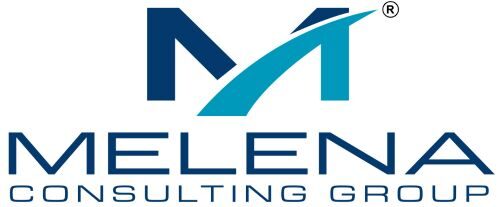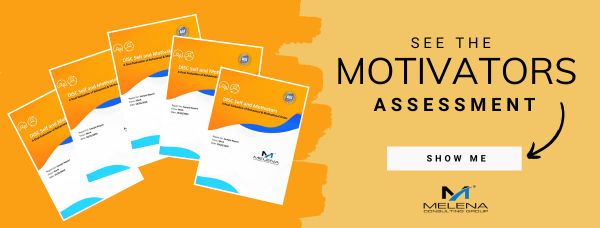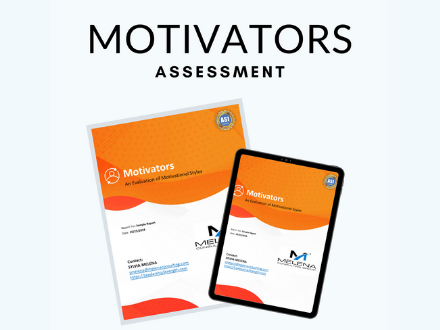Employee motivation is not a “nice to do.”
It’s a vital skill for managers and supervisors.
So how do you motivate employees?
The truth is you don’t.
But you can create a motivating work environment by influencing critical levels of employee motivation:
1. Reshaping the overall work culture, and
2. Focusing on individual employee motivation.
Creating a Motivation Work Culture
Research conducted by Krüger & Rootman involving over 400 small businesses focused on seven key elements1 that will help you energize the work culture.
The Seven Elements of Employee Motivation
The seven elements are listed below in order from those with the greatest to the lowest level of influence on employee motivation:
- Interesting and Meaningful Work2 – Meaningful work is the most important workplace motivator for employees. Help employees see how the work they do is meaningful and makes a difference.
- Recognition and Feedback 3 – Provide regular feedback to employees about their performance and leverage the power of employee recognition.
- Empowerment4 – Empower employees. Give them the freedom and strength to look beyond the status quo and champion excellence.
- Working Conditions5 – Intentionally create a workplace with great working conditions on the physical, social, and psychological levels. Working conditions include the atmosphere of the workplace, equipment, work hours, and other support factors. However, the most important source of support you can provide employees is a strong supervisor-employee relationship.
- Strong Leadership6 – Strong leaders are the cornerstone of employee motivation, engagement, and performance. Focus your resources on developing strong leaders that engage employees and drive performance.
- Workplace Justice and Fairness7 – Promote an environment of workplace justice and fairness in the way you distribute resources, make decisions, and interact with employees.
- Rewards8 – Money doesn’t buy employee motivation. To create a truly motivating work environment, employ a more holistic approach in your rewards structure. Consider the “total rewards” approach.
While these seven elements will help you create a workplace atmosphere conducive to employee motivation, it’s equally important to focus on what motivates each person individually.
Focusing on Individual Employee Motivation
Employee motivation is not a “one size fits all” proposition.
Each employee is unique and requires an individualized approach. This uniqueness underscores the need to establish strong supervisor-employee relationships and to get to know each employee on a personal level while keeping it professional.
By getting to know their employees, managers and supervisors can develop a deeper understanding and appreciation for their values, needs, concerns, priorities, desires, fears, and hopes, which are all essential to motivation.
Leverage Evidence-Based Assessments
Assessments are also excellent tools to find out what motivates individuals on a deeper level.
For instance, the Motivators assessment is a research-validated workplace assessment that measures seven universal dimensions of employee motivation: theoretical, regulatory, individualistic, altruistic, political, economic, and aesthetic. These dimensions unleash intrinsic employee motivation.
Get to Know People as Individuals
Talking with employees and doing a lot of listening is a great way to get to know them. And trust me, I personally know how hard this one is. But it’s an excellent way to build relationships. You can find out a lot about what a person values just by having conversations.
Employees Play a Role
Leaders don’t have complete control over employee motivation. Employees themselves play an essential role in their own motivation through how they chose to view and respond to the world and the workplace. There are also other factors beyond the control of managers and supervisors that influence motivation.
However, managers and supervisors have the opportunity and responsibility to impact that which is within their sphere of influence. Understanding the seven elements listed above and what motivates each person can help them pave the way.

SYLVIA MELENA is the Principal of Melena Consulting Group, a leadership and organizational development consulting firm. She is also the two-time international award-winning and best-selling leadership author of Supportive Accountability: How to Inspire People and Improve Performance and its Spanish translation, Responsabilidad solidaria: Cómo mejorar el rendimiento laboral por medio del apoyo.
Sylvia’s signature Supportive Accountability Leadership™ Program will equip your leaders to create a motivating work environment while promoting accountability and improving performance.
1, 2, 3, 4, 5, 6, 7, 8 Krüger, J. & Rootman, C. (2010). How do small business managers influence employee satisfaction and commitment? Acta Commercii,10(1). pp. 59 - 72. Retrieved from http://www.actacommercii.co.za/index.php/acta/article/viewFile/114/114. Creative Commons License.









WOW, Fabulous list!
#3 resonates with me:
“Empowerment” – Empower employees. Give them the freedom and strength to look beyond the status quo and champion excellence.
Years ago in the restaurant business, I hired mostly young people. In the first interview they were told Decisions on handling customer relations were in their hands and they were not to come and aks me. At the end of the shift, we could discuss and they learned there was NO negativity. Only two things I could say,
“Great Job”
or
“Let’s approach this way Next time”
The next ‘dear to my heart’ is the section is
“Talk Less and Listen More” A true key to success in all aspects of life!
Thanks again for the great post
Thanks for your input and insights, Chuck. I love your example of how you empowered brand new restaurant employees, letting them make decisions and letting them learn by doing with some guidance. What a powerful way to build competence and confidence!